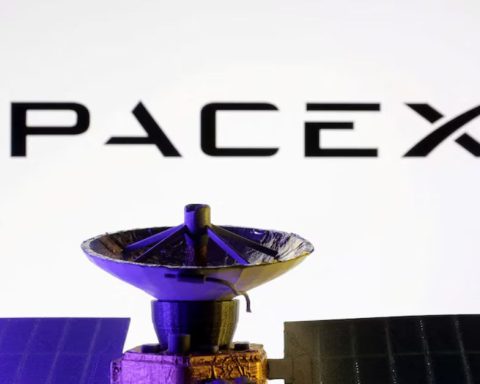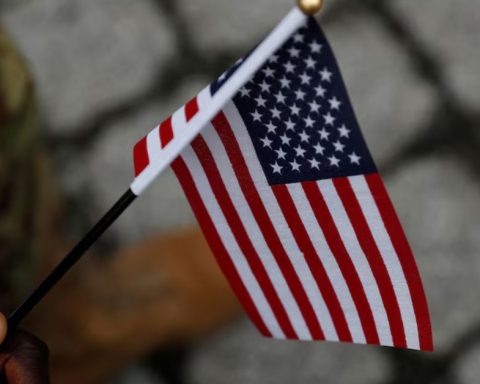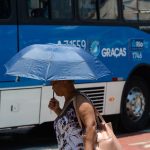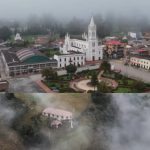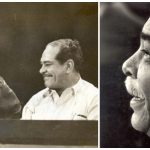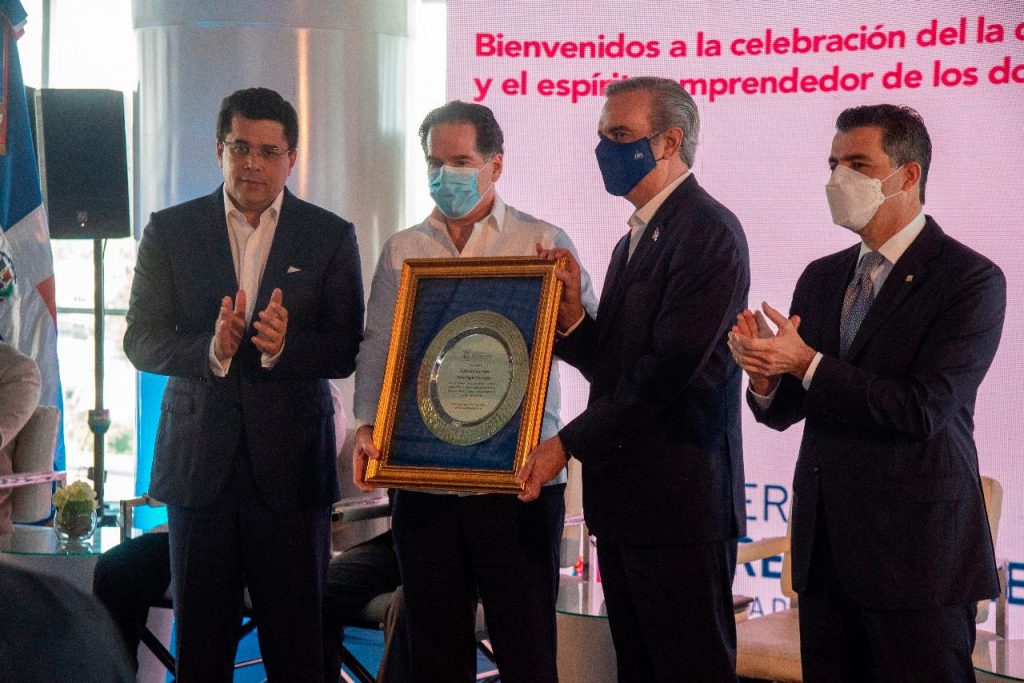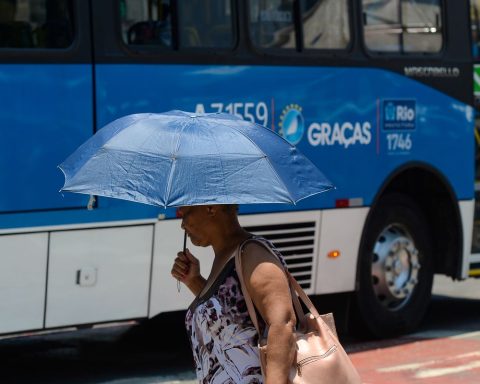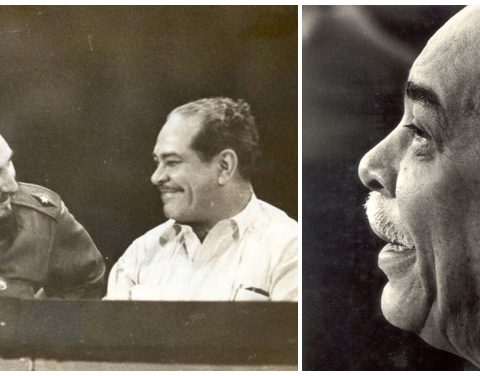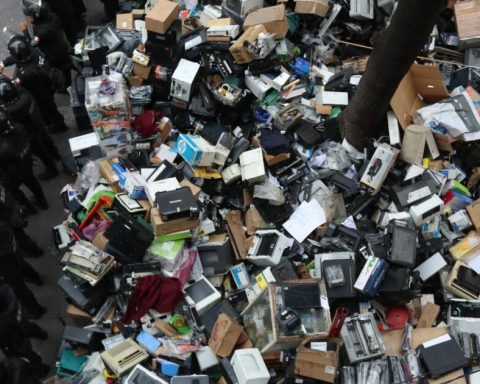The protest was hardened over the weekend in Santa Cruz with a massive “push” of the productive sector in the north of Santa Cruz and the reinforcement of the neighbors in the blockade points that were stricter in surveillance; however, the point of tension remained in the Three Thousand Plan.
Unlike previous days, the surveillance dawned at the main blockade points this Saturday, because the supply was suspended, mainly at the busiest intersections, which prevented the passage of private vehicles, because only medical and police personnel were allowed, among others.
The point of tension was in the Three Thousand Plan, where those related to the Movement To Socialism (MAS) insisted on raising the protest of the neighbors who are against Law 1386. In this district of the capital city, a great movement was observed during the morning of the sixth day of unemployment. The businesses opened their doors and the buses also circulated.
After noon, the tension that was registered on Friday night returned, where again the Police had to intervene.
The residents of the surroundings of the roundabout, where the clashes took place, assure that they are already tired of these disturbances.
Regarding the facts, the Deputy Minister of Citizen Security, Roberto Ríos, indicated that vandalism groups want to take the obelisk and pointed out that “these groups are racist.”
In other areas
In the rest of the capital of Santa Cruz, traffic was very difficult, because there were blockade points that remained firm.
In the fourth ring of the avenue Cumavi there was strong control in the passability. Roberto Durán was one of the merchants who remained in the blockade and highlighted the request for the repeal of Law 1386, because he considers that the norm seeks “a submission of the Bolivian people.”
He also asked the population to keep the protest firm, because it states that the demand benefits everyone and not just the unions.
In the other citadel, in the Villa Primero de Mayo, the blockades were also maintained. One settled on Jenecherú Avenue, where the neighbors remained more strict, because they did not allow the passage easily. The same situation was replicated in other parts of this district, although in the main avenue, during the morning there was a lot of movement of commerce and transport.
The blockade points proliferated since Friday night in the capital of Santa Cruz and many did not get up during the early hours of the morning as they did on other days.
In the north
The “push” that the producers of the north of Santa Cruz carried out, in rejection of Law 1386 and others that are considered attacks on the rights of the population, showed the strength of the protest in this region.
Epifanio Zurita, president of Anapo’s northern subsidiary, pointed out that hundreds of producers from Minero, Saavedra and other towns in the Integrated North participated in the activity. The caravan left from San Pedro and reached Montero.
The first vice president of the Committee for Santa Cruz, Fernando Larach, who participated in the mobilization, indicated that the northern Santa Cruz protest was the basis of the Santa Cruz production model, to tell the Government that it is the people who are asking for these laws to be annulled.
“Once again, Montero shows the unity of the Santa Cruz people, he shows that he is against a government policy that wants to suffocate the Santa Cruz productive model,” he stressed.
The civic representative said that while the people are on the streets “the government is going to tremble.” He affirmed that the Movement Toward Socialism is summoning its sectors to divide the unity that has been demonstrated. “We must continue in the streets until all those laws are repealed and we show the Government that we are not afraid and that we are right,” Larach emphasized.
For his part, the Governor of Santa Cruz, Luis Fernando Camacho, who also participated in the ‘tractorazo’, highlighted the mobilization of the productive sector. “Those who believe that power lies in a centralist bureaucrat are wrong, because power lies in a united people, in a people in the streets,” he stressed.
Camacho sees pride in the Government for not wanting to repeal Law 1386 and ensures that this has caused the sectors to continue joining the protest and demand that they also continue to increase. “Santa Cruz continues to be the hope of Bolivia, as long as Santa Cruz is standing, Bolivia will be free,” remarked the governor.
In other provinces
In Roboré the blockade was maintained and a caravan of motorcycle riders joined yesterday at the closing point of the Bioceanic highway, five kilometers from San José de Chiquitos.
On the other hand, in Concepción over the weekend the activities will be normal, but they warn that from next week the measures will be toughened.
They announced that on Monday, Wednesday and Friday the strike will be total, reported Regina Cuéllar, leader of the Civic Committee.
He indicated that on Tuesdays and Thursdays the opening of trade will be allowed until noon so that the population can stock up.
“If Law 1386 is repealed, the strike will be lifted immediately. There is no longer room for dialogue, because this measure is not political nor does it seek a coup d’état as they say, ‘said Cuéllar.
